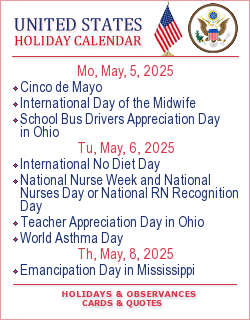Asteroids are small, rocky objects that orbit the Sun. The first asteroid was Ceres, discovered by Giuseppe Piazzi. In 1801, Giuseppe Piazzi discovered what he believed to be a new planet. He named the newfound object Ceres, after the Roman goddess of the harvest. Soon after Ceres’ discovery similar objects were found. It was soon realized that these new objects were not, in fact, planets, but some other type of celestial body. One characteristic these objects shared was their resemblance to distant stars as viewed through the telescopes of the time. As a result of their similar appearance to stars the objects were named asteroids, meaning “star shaped.” Ceres is also the largest known asteroid at 933 kilometers (580 miles) across. Astronomer William Herschel first coined the word asteroid, which means “star like” in 1802.
There are currently over 600,000 known asteroids in our solar system. Most asteroids are found orbiting in the Asteroid Belt, a series of rings located between the orbits of Mars and Jupiter.
A meteoroid (piece of asteroid) the size of a car falls into the Earth’s atmosphere on average once every year. This creates a bright fireball effect, but it usually burns up in the atmosphere before it reaches the ground.
Resolution adopted by the General Assembly on 6 December 2016 (A/RES/71/90): ...declares 30 June International Asteroid Day to observe each year at the international level the anniversary of the Tunguska impact over Siberia, Russian Federation, on 30 June 1908 and to raise public awareness about the asteroid impact hazard.
Notes with appreciation that some States are already implementing space debris mitigation measures on a voluntary basis, through national mechanisms and consistent with the Space Debris Mitigation Guidelines of the Inter-Agency Space Debris Coordination Committee and with the Space Debris Mitigation Guidelines of the Committee on the Peaceful Uses of Outer Space, 14 endorsed by the General Assembly in its resolution 62/217, and invites other States to implement, through relevant national mechanisms, the Space Debris Mitigation Guidelines of the Committee on the Peaceful Uses of Outer Space...
An asteroid about .15 kilometers (.1 miles) in width is believed to have exploded over Siberia, causing damage within a radius of hundreds of kilometers (miles).
Source: un.org | theplanets.org

